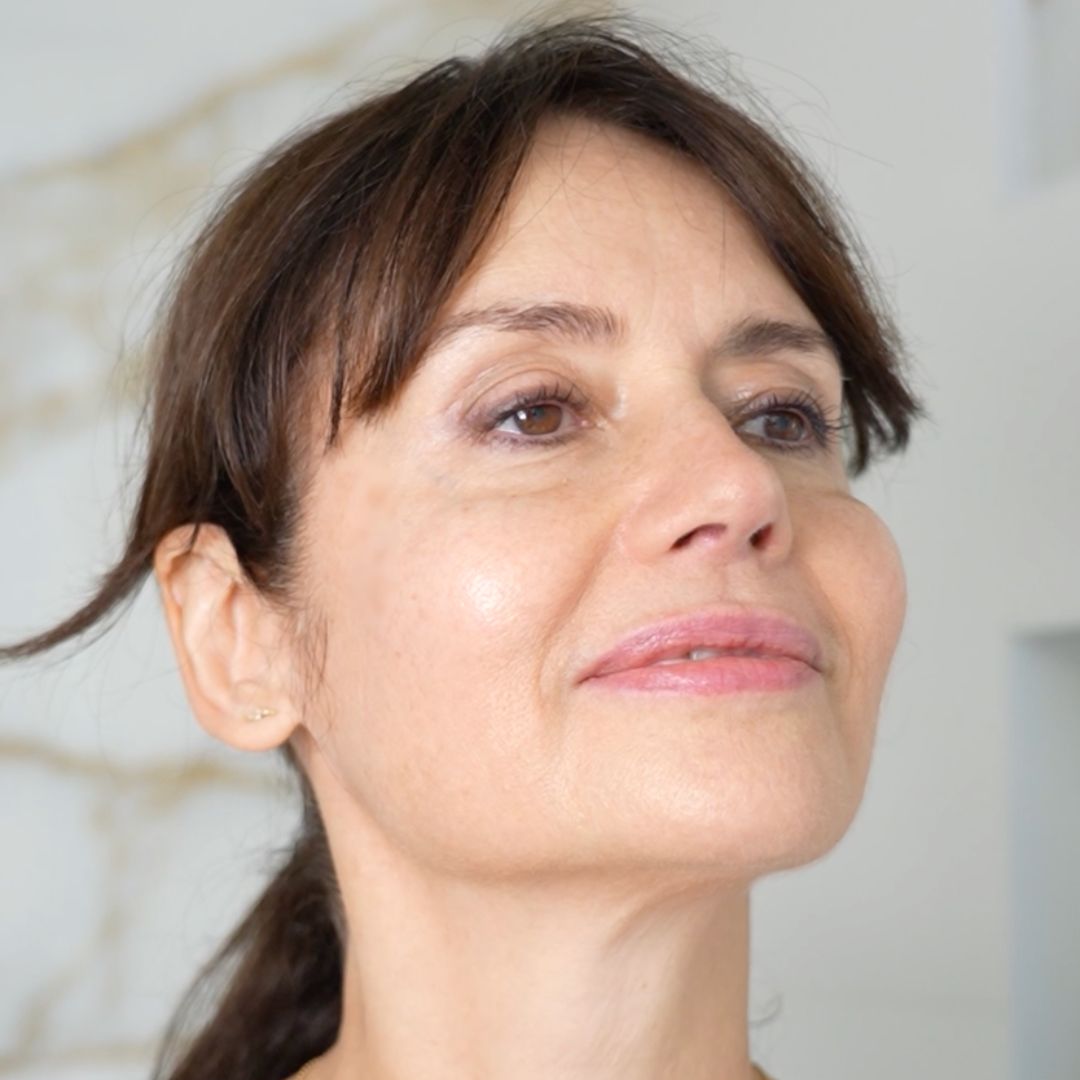In the world of natural skincare, two plant-based butters stand out for their richness and effectiveness: cocoa butter and shea butter . Both are known for their nourishing, protective, and restorative benefits, but they are very different in their texture, fragrance, and mode of action.
Here’s a comprehensive comparison to guide you… and a bonus idea for combining them intelligently!

Origin & manufacturing
-
Cocoa butter : Extracted from the beans of the cocoa tree, this butter is produced primarily in West Africa and Latin America. Used for centuries, it is valued as much for its cosmetic properties as for its melt-in-the-mouth texture.
-
Shea butter : Derived from the nuts of an African tree, shea is harvested artisanally in the savannahs. Rich, raw, and deeply nourishing, it is a mainstay of traditional African skincare routines.
Two natural ingredients, rooted in ancestral know-how and respectful of local ecosystems.

Texture & fragrance
-
Cocoa : Firm at room temperature, it melts upon contact with the skin. Its texture is dry and light, with a very pleasant, naturally chocolatey aroma.
-
Shea : creamier and more fatty, it leaves a protective film after application. Its smell is neutral to slightly nutty depending on the quality.
Cocoa is dry and sensory, shea more enveloping and restorative.

Benefits for the skin
Cocoa butter: moisturize and protect
-
Intense hydration : its fatty acid structure ( stearic and oleic acids) is very similar to human sebum, with 50% stearic acid and 34% oleic acid. The result: rapid absorption and effective action against dryness and flaking, especially in autumn and winter.
-
Anti-aging action : Rich in cocoa polyphenols (flavanols), it offers twice as many antioxidants as vitamin E (source: Journal of Cosmetic Dermatology), which helps neutralize free radicals, slow down collagen loss and fight against photo-induced aging.
-
Strengthens skin barrier : The phytosterols it contains soothe redness and support sensitive or eczema-prone skin. Discover in this article the 5 reasons why cocoa butter is an incredible remedy for eczema.
Shea butter: nourish, repair, soothe
-
Ultra-nourishing, it penetrates deep to restore dry, cracked or irritated skin.
-
Soothes redness, chapping, and inflammation.
-
Rich in vitamins A, E and F, it stimulates cell regeneration.
Cocoa protects and hydrates, shea nourishes and repairs.

Benefits for hair
-
Cocoa butter : Ideal for forming a protective film around the hair fiber, it provides softness, suppleness, and shine without weighing it down. Perfect for textured or damaged hair. Learn more about the benefits of cocoa butter for hair in this article.
-
Shea butter : very rich, it deeply nourishes dry, frizzy, or brittle hair. It helps reduce frizz and repair ends as a mask or oil bath.
Cocoa is nourishing and disciplining, shea butter deep and restorative.

Can we combine them?
Absolutely, and it's even the ideal combination!
By combining the complementary qualities of cocoa butter (protection, light nutrition) and shea butter (repair, intense nutrition), we obtain a complete treatment that respects the skin's sensitivity while providing lasting nourishment.
This is what Baume des Dieux offers, for example, a formula with 10 ingredients, rich, melting and 100% natural which combines the two butters in a melting and sensory treatment. Ultra-versatile, this balm can be used on the body, face, lips or hair ends. It envelops the skin in comfort while leaving it soft, supple and subtly scented.

Conclusion
Cocoa butter or shea butter? It all depends on your needs… and the seasons:
-
To hydrate, protect and prevent the signs of aging, opt for cocoa.
-
To repair, soothe and nourish deeply, turn to shea butter.
-
And for versatile, natural and effective care, combine them in a complete beauty ritual, such as with the Baume des Dieux natural care for the whole family, including children and pregnant women.
Your skin deserves the best that nature has to offer, in all simplicity.



